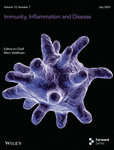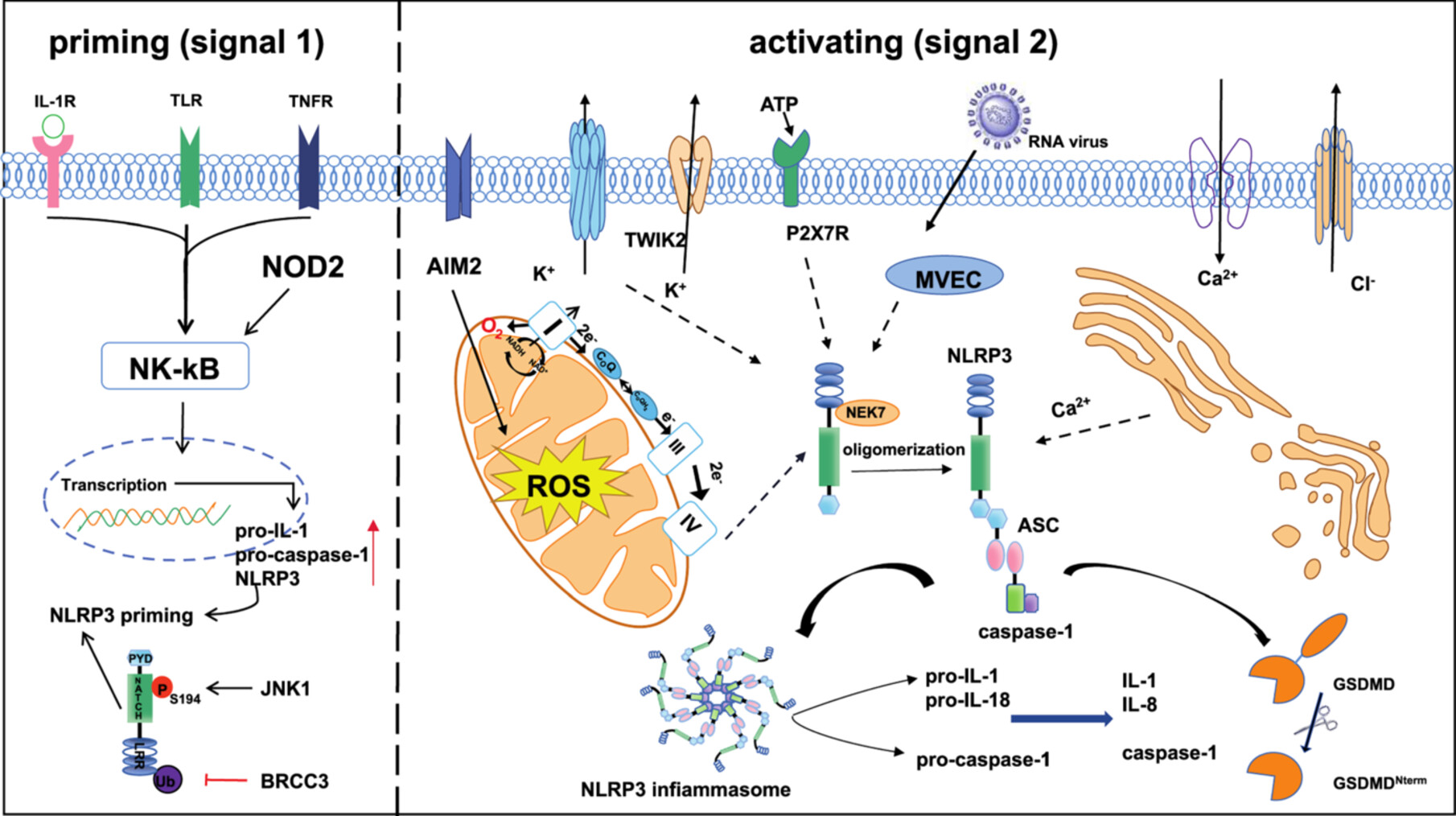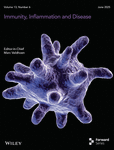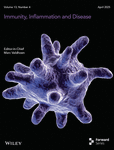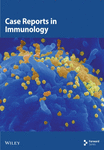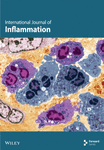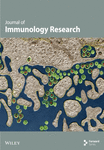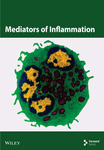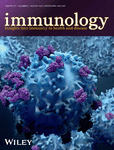Editor-in-Chief Dr. Marc Veldhoen, Institute for Molecular Medicine, University of Lisbon, Portugal
Immunity, Inflammation and Disease is an open access peer-reviewed immunology journal publishing clinical and basic research in immunology and allied fields. Our journal is indexed in Medline and the Science Citation Index Expanded (part of Web of Science), among others. We welcome original work that reports well-conducted research with conclusions supported by data and will also accept articles containing negative or null results where appropriate and valid power calculations are included which demonstrate the negative result can be relied upon.
Journal Metrics
- 4.4CiteScore
- 2.7Journal Impact Factor
- 30%Acceptance rate
- 54 days Submission to first decision
As part of Wiley’s Forward Series, this journal offers a streamlined, faster publication experience with a strong emphasis on integrity. Authors receive practical support to maximize the reach and discoverability of their work.
Immunity, Inflammation and Disease is inviting applications for the role of Statistical Editor
We are excited to be seeking a Statistical Editor to build on the journal’s strong foundations and continue to develop Immunity, Inflammation and Disease as a core community resource. The deadline for applications is October 1st 2025. Please click here for further details about the role and how to apply.
Meet the Editor

Marc Veldhoen studied Medical Biology at Utrecht University, and then moved to National Institute for Medical Research (Mill Hill), UK. From 2010 to 2016 he was a group leader at the Babraham Institute in Cambridge, UK. He was awarded a prestigious ERC consolidator grant and was selected for the European Molecular Biology Organisation young investigator programme. In 2016 he moved to the Instituto de Medicina Moledular (iMM) in Lisbon, Portugal as the European Research Area chair. Where from 2018 he took up a position as professor of basic immunology at the Faculty of Medicine, University of Lisbon. His lab focus is T cell biology, with wide ranging interests from development and activation to differentiation, maintenance and metabolism. He made seminal contributions to CD4 T cell biology, such as the differentiation of Th17 and Th9 cells, and the role of the arylhydrocarbon receptor (AhR) in T cell biology. A large part of the lab is now dedicated to tissue resident T cells and the mechanisms that control their development, maintenance and activation. The clinical benefits are targeting the prevention of undesirable immune responses that may result in chronic infections, allergies and autoimmunity as well as strengthening our own immune responses against infection, such as using vaccination, as well as against tumours.
Articles
Molecular Mechanism of NLRP3 Inflammasome in Inflammatory Diseases and Tumors
- 16 July 2025
Amphiregulin Promotes Proliferation and Migration of the Damaged Endothelial Cells in Kawasaki Disease Cell Models
- publicationMeta-n/a
- 15 July 2025
Leucine‐Rich Repeat Containing 15 Promotes the Inflammatory Response in Rheumatoid Arthritis by Regulating NF‐κB Pathway
- 11 July 2025
Inflammatory Responses Potentiate GAS M Protein Induced Cardiac Damage in an Experimental Model of Rheumatic Heart Disease
- 11 July 2025
Graphical Abstract
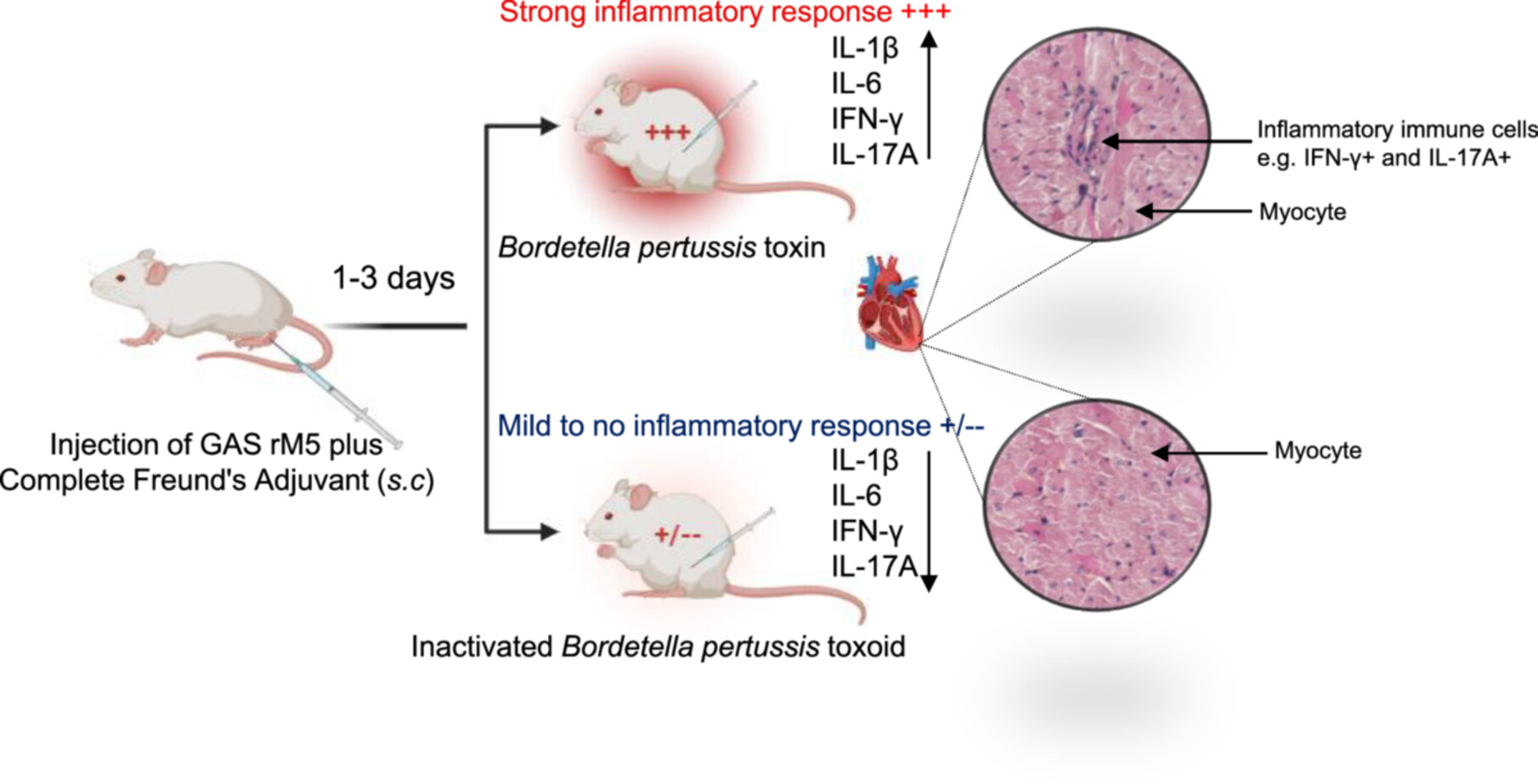
Group A streptococcal M protein elicit antibody and T-cell responses that cross react with cardiac and connective tissue proteins in the Rat Autoimmune Valvulitis (RAV) model of rheumatic heart disease. Bordetella pertussis Toxin induce a robust Th1 response that potentiates the autoimmune process in the RAV model A robust Th1/Th17 response was found to be a major driver of cardiac pathology in the RAV model
The following is a list of the most cited articles based on citations published in the last three years, according to CrossRef.
Inflammation initiates a vicious cycle between obesity and nonalcoholic fatty liver disease
- 59-73
- 17 December 2020
Graphical Abstract
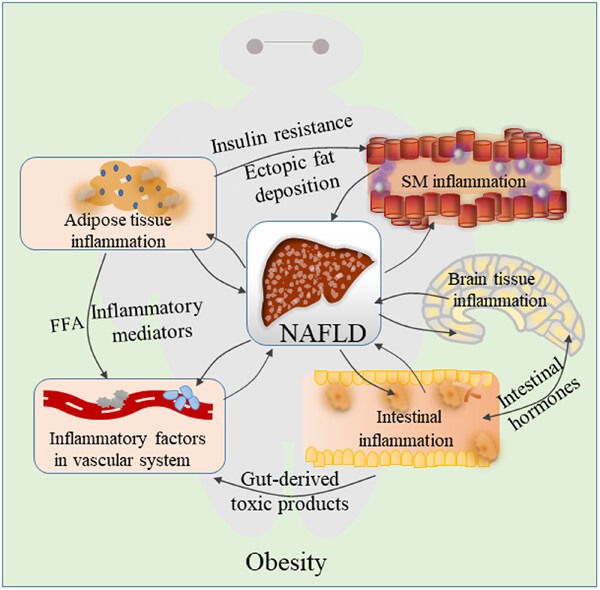
Obesity plays a vital role in the development of associated nonalcoholic fatty liver disease by affecting several inflammatory reactions via adipose tissue, vascular, intestinal, skeletal muscle, and brain, this process is associated with adipose tissue inflammation, inflammatory factors in the blood, intestinal inflammation, skeletal muscle inflammation, and brain tissue inflammation.
Relationship between oral and gut microbiota in elderly people
- 229-236
- 15 July 2019
Graphical Abstract
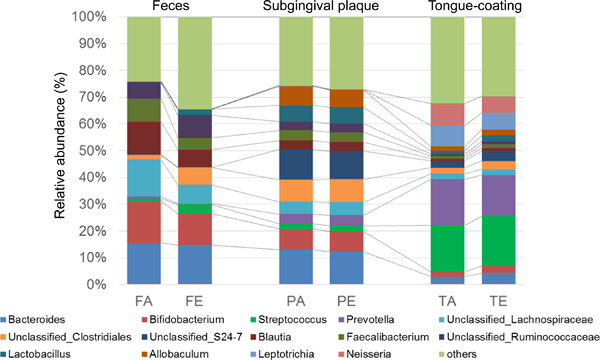
Recent studies have shown that oral bacteria might induce systemic inflammation through alteration of gut microbiota. We investigated the relationship between oral and gut microbiota and evaluated the transition of oral bacteria to the gastrointestinal tract. Unweighted UniFrac distance revealed that the elderly group had a higher similarity between fecal and subgingival plaque microbiota than the adult group. Moreover, a significantly higher prevalence of some bacterial taxa found in oral samples was observed in the feces of the elderly group than of the adult group. Our results suggest that the prevalence of oral bacterial transition to gut is higher in the elderly than in adults; thus, we expect that in the elderly, oral health care will affect gut microbiota composition and consequently promote human health.
Improved B cell development in humanized NOD-scid IL2Rγnull mice transgenically expressing human stem cell factor, granulocyte-macrophage colony-stimulating factor and interleukin-3
- 427-440
- 28 August 2016
Graphical Abstract
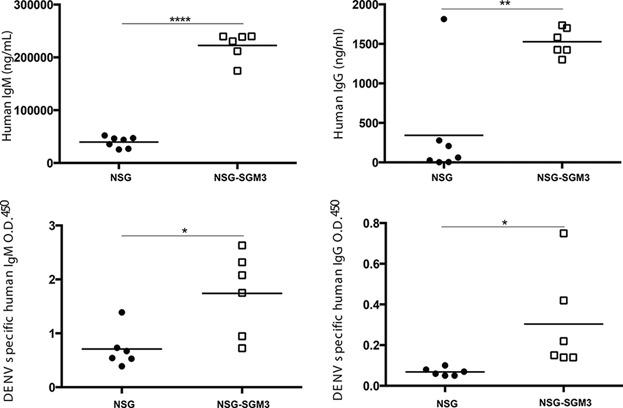
In this study, we have used the NSG-SCF/GM-CSF/IL3 (NSG-SGM3) strain of mice engrafted with human fetal thymus, liver, and HSC (BLT) to establish a novel humanized mouse model with enhanced human B cell development and function. A higher proportion of human B cells developing in NSG-SGM3 BLT mice had a mature/naive phenotype with a corresponding decrease in immature/transitional human B cells as compared to NSG BLT mice. Dengue virus infection of NSG-SGM3 BLT mice generated higher levels of antigen-specific IgM and IgG, a result not observed in NSG BLT mice.
Does COVID‐19 contribute to development of neurological disease?
- 48-58
- 17 December 2020
Graphical Abstract
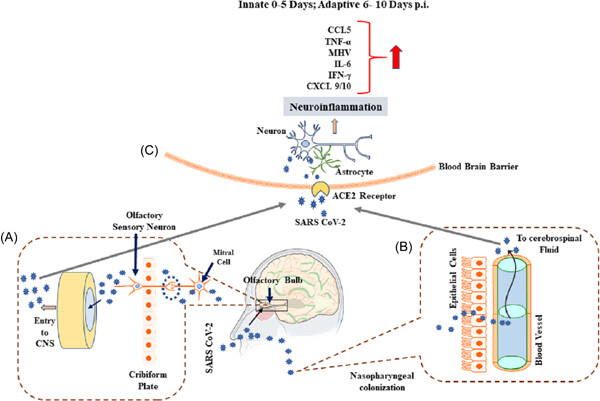
This review correlates present clinical manifestations of coronavirus disease 2019 patients with possible neurological consequences. Recent studies suggest that activated glial cells contribute to neuroinflammation and the devastating effects of severe acute respiratory syndrome coronavirus 2 infection on the central nervous system.
The relationship between COVID‐19 viral load and disease severity: A systematic review
- 13 December 2021
Latest news
Recent issues
- Volume 13, Issue 6June 2025
- Volume 13, Issue 5May 2025
- Volume 13, Issue 4April 2025



